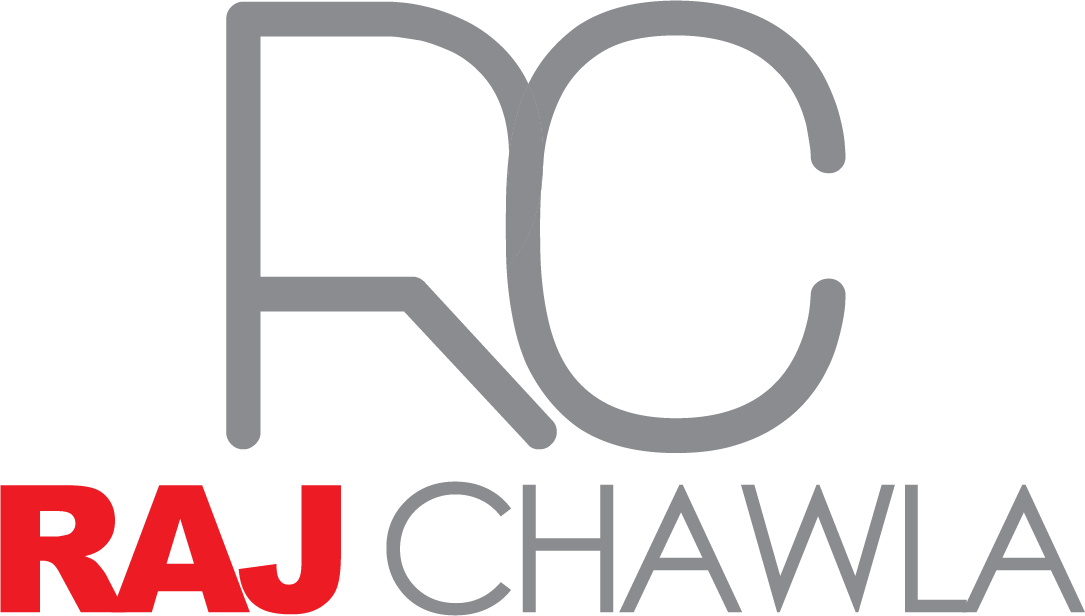Government emphasises spending to bolster economic recovery underway. IN BRIEF $106.6 billion deficit with net debt to peak at $980.6...
Read MoreNot surprisingly, there’s been a significant spike in the conversation around Superannuation lately. Whether it’s protecting your growing nest egg from market falls and preserving wealth or trying to take advantage of the current volatility for some bargains, the interest in making a change has increased.
When considering whether to make the change, it’s a good idea to reflect on your motivation for doing so, before you make the leap. During times of heightened market volatility and falling share markets it’s quite normal to focus on the negative and extrapolate present conditions into the future.
The result is imagining the very worst outcome (such as losing all your money) and reacting irrationally. Emotion and good financial decision-making rarely work well together.
If this is the situation you find yourself in, then it’s helpful to think of your goals and objectives and your investment timeframe and try to focus on the long term. Markets eventually rebound and if you have moved to cash or a conservative option, losses are then realised, and they can be very difficult to recoup. This is because you need to get back into the market and knowing when to do this and to have the confidence to do it will be problematic.
If on the other hand you can take a step back and analyse logically the pros and cons of moving your money then you are more likely to make a better decision that you won’t regret.
Before making a decision to change funds or investment options, do your research. It’s important to understand the investment options available in your existing fund and their investment costs. If closing the fund, are there transaction or exit fees and will there be any loss of benefits such as insurance cover.
If you are considering moving funds due to perceived poor performance, check that the performance is a result of poor investment management and not due to a more conservative investment option. You need to make sure you are comparing apples with apples.
If you are considering moving your super to a different fund but with a similar investment option to the one you’re in, and you are comfortable with the risk profile of that option, take a close look at the asset allocation of both funds.
Not all funds are true to label.
Some “balanced” funds invest say 65% in growth assets (such as Australian shares, International shares, listed property) and 35% in conservative investments including cash and bonds. Other “balanced” funds will have a split of 95% growth and 5% conservative, holding virtually no cash.
There’s no right or wrong in this, but if you aren’t aware that these portfolios are quite different and therefore carry different risks then you could be in for a surprise. The principle of investing is to be rewarded for risk – why else take on the risk if there’s no reward? But risk works both ways and whilst returns can be very positive when the markets are thriving, a high risk portfolio can experience significant falls during market turmoil. Make sure that when you compare the pair, you do a thorough job.
After doing all your research and considering your options, do you take the plunge?
It can take time for the actual transactions to be processed. Depending on the type of investment you have in your existing super fund it could take days or weeks for the proceeds of the sale to settle and be available for transfer. It then needs to be invested in the new fund.
Time out of the market during volatile times can impact returns and it’s important to understand that you could be selling “low” and buying “high” depending on how long the transfer takes.
Of course, if the reverse were to happen and you sold high and bought low that would be a good outcome. Having said that, investors have found over the years that the most important factor is “time in the market” not “timing” the market so if you’re investing for 10, 20 or even 30 years, the above factors shouldn’t have a long term impact on your portfolio.
If you’ve decided to make the move, make sure you do the following:
It’s ok to make the switch if the fund you currently have is not working hard for you but remember, there’s a lot to consider.
If you are making important decisions that will impact your future self, try not getting distracted by chasing returns and the feeling of missing out. Do your research, talk to your adviser and if in doubt, hasten slowly.
Government emphasises spending to bolster economic recovery underway. IN BRIEF $106.6 billion deficit with net debt to peak at $980.6...
Read MoreRegardless of how far off retirement is for you, it could be beneficial to regularly check that your finances are...
Read MoreThe amount of superannuation you should have is a culmination of the contributions made into your super account, fees deducted...
Read More